
There have been several success stories lately, though very few can be compared to one of such magnitude as this. Very rarely does it happen that an idea is debated upon and introduced, and goes on to change the lives of millions.
How else do you explain that Kenya, is a world leader in mobile payments. A country where over 70% of the population live in rural areas, has gone on to embrace mobile payments, bringing about a revolution that has transformed not only Kenya, but Nigeria, Ghana and several other countries across Africa. Africa has since become a global leader in the adoption and use of mobile money platforms and mobile payments.
Humble Origins:
A simple experiment started in 2007 by Safaricom, Kenya’s largest mobile operator, gave birth to M-Pesa. A mobile money platform, M-Pesa was launched as a payment service for repayment of micro-finance loans by the rural populace. Its popularity quickly grew as people started using it to send money to one another.
Scope of Mobile Payments:
From one mobile money platform to many, mobile payments now cover more than two thirds of Kenya’s population. They are being used for almost everything. Money transfers to bill payments, food purchases to payment of salaries and school fees, everything is done through mobile payments. The services have expanded to provide people with insurance and other savings products as well.
Mobile Payment Success drivers:
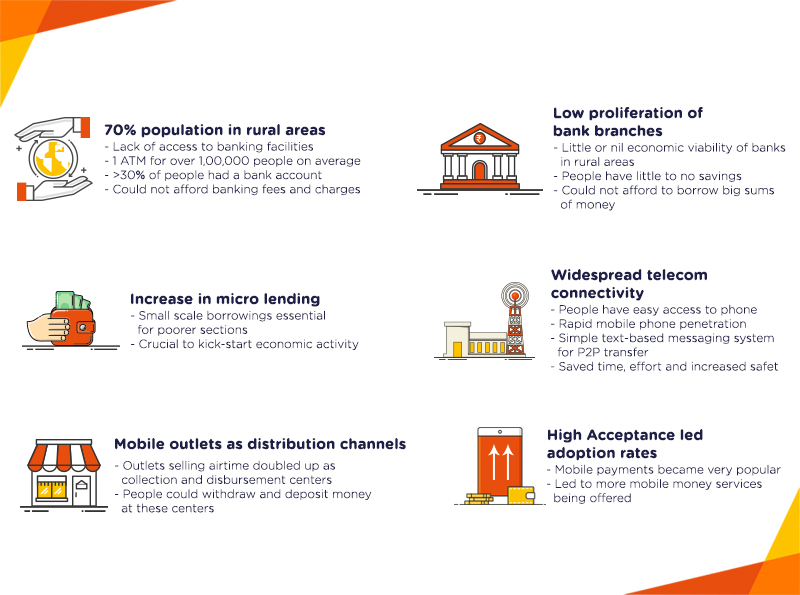
Key Positives:
- Mobile payments account for nearly 50% of Kenya’s GDP today as compared to 10% in 2007-2008 and reaches almost 30 million people
- Reduction of poverty – With access to micro finance, together with increased acceptance of mobile money towards services, a drastic fall in poverty levels has been observed.
- Development and proliferation of more mobile money platforms, with inter-operability between different platforms has vastly improved convenience, speed of doing business as well as resulted in lower fees.
The Indian Scenario:
Meanwhile Ramesh, a farmer from Madhya Pradesh is using his phone to track prices for his crop, tops-up his airtime at the local vendor but still has to waste precious time and effort to visit the bank at the nearby town for most of his transactions. Time that could otherwise be spent working in his fields.
India, shares a lot in common with Kenya – inadequate branches for rural banking, a large rural population and lower per capita income. However we also possess nationwide telecom coverage, easy access to mobile devices and a large distribution channel that can double up as facilitators for setting up and expansion of payment services that can be effectively utilized using mobile money. Alongside these, the government’s push for digitalization of payments will provide further impetus to the creation of an ecosystem that enables the overall development of the economy. All of these make mobile money the way to ensure financial inclusion.
The OBOPAY Difference
OBOPAY is one of the pioneers in mobile money technology and a trusted mobile and digital banking partner for the last decade. OBOPAY services 4 out of the top 5 mobile money markets of Kenya, Tanzania, Zimbabwe and Uganda. Our experience across different economies has enabled us to build robust, cost effective solutions for all mobile and digital banking requirements.





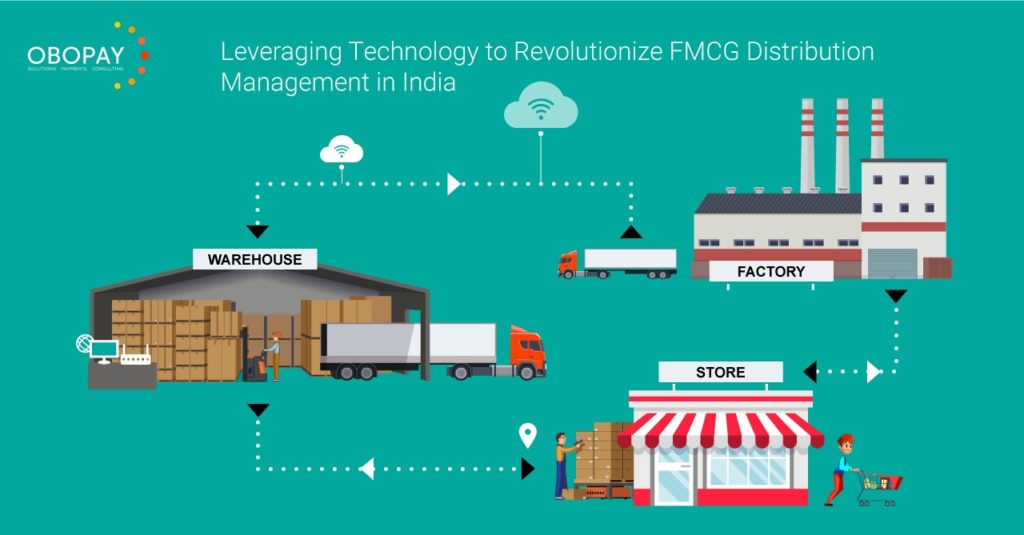
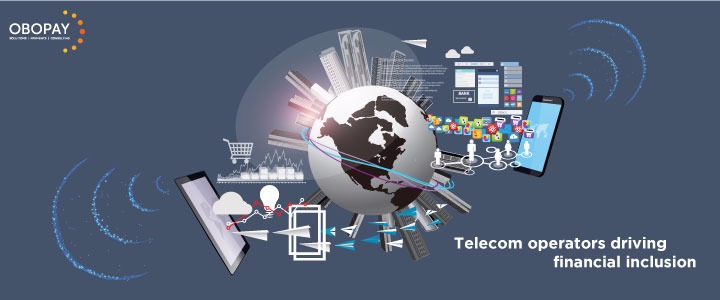
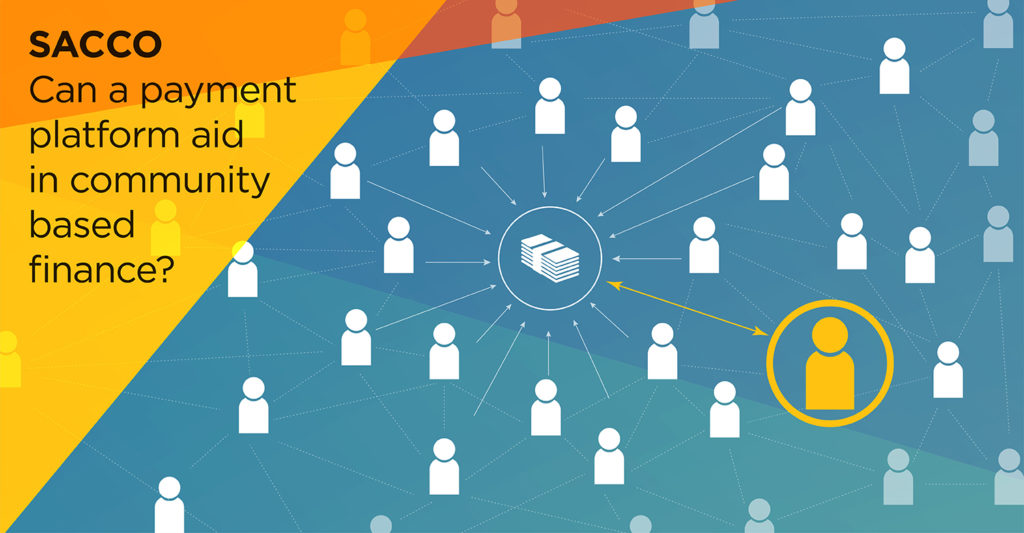
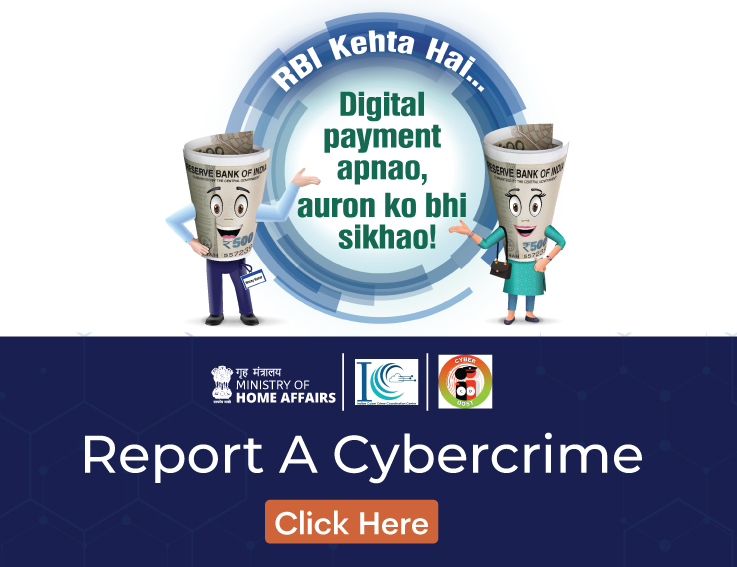
About The Author: Obopay
More posts by Obopay